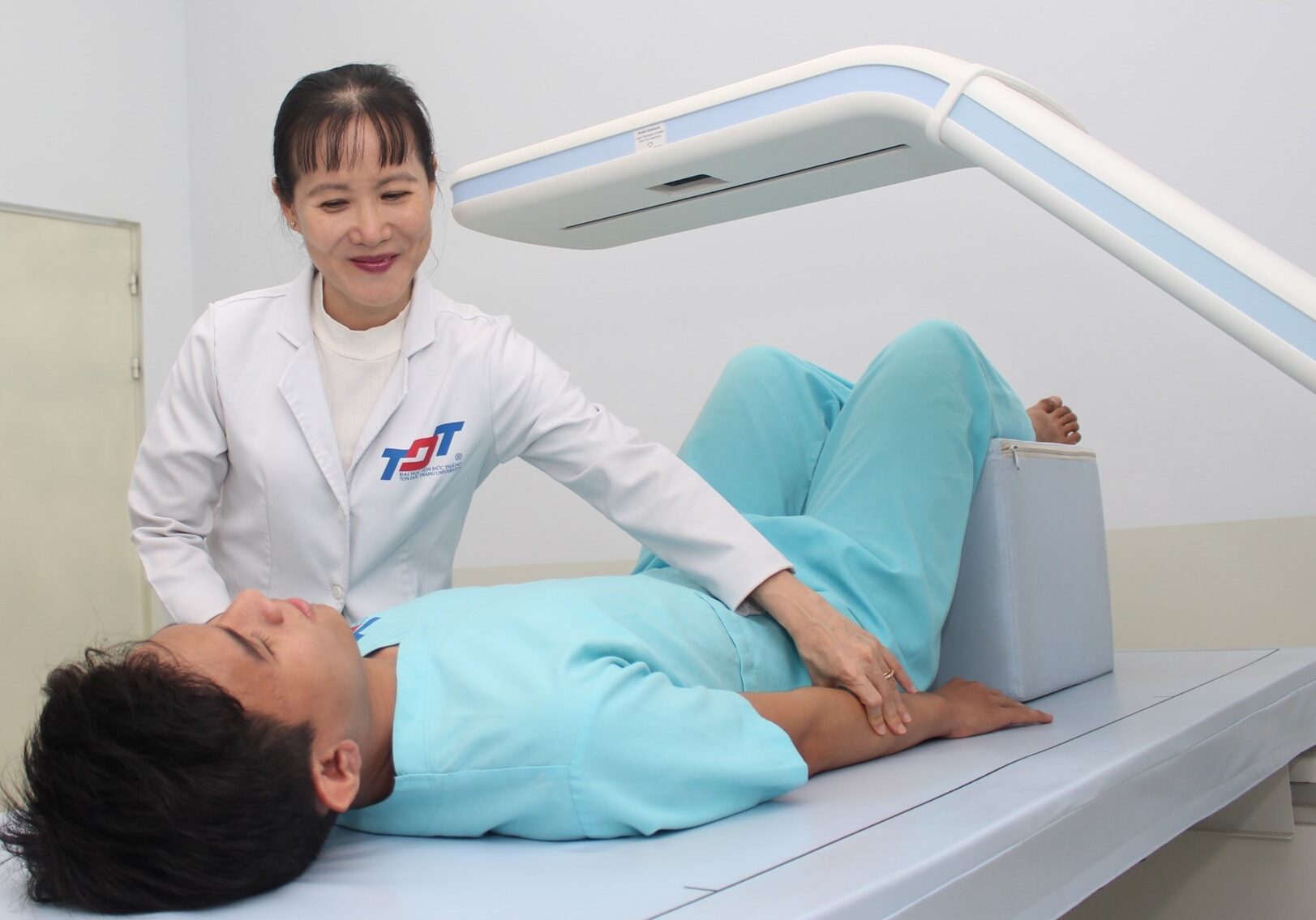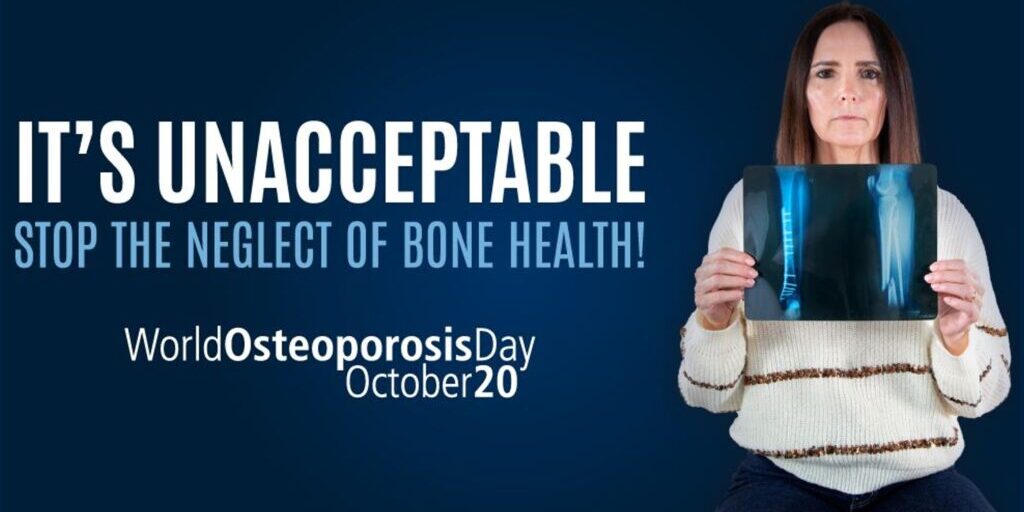A Developing economy with a per-capita GDP of around $2,600 (2018 figures), Việt Nam is the 15th most populous country in the world. It has a population of 97 million.
The country’s population is greying fast. Although at present the proportion of the country’s population aged 60 years and older is 12%, this is expected to increase to 25% in 2049. As phrased by the International Monetary Fund (IMF), Việt Nam is a country that is getting old before it is getting rich.
The epidemiology of diseases in Việt Nam has undergone a dramatic change over the past four decades. In the 1980s, the most common causes of death were predominantly infectious diseases and maternal and child malnutrition. However, from the 1990s to date, non-communicable diseases (NCDs) collectively accounted for 71% of the total burden of disease in Việt Nam, including 60% of all-cause deaths (Harper C. Vietnam Noncommunicable Disease Prevention and Control Programme 2002-2010. WHO Report 2011).
Among NCDs, osteoporosis is recognised as a major public health issue in Việt Nam. However, the lack of infrastructure and resources makes the diagnosis of osteoporosis in Việt Nam a challenge, particularly in rural areas. Most patients with osteoporosis remain undiagnosed and untreated. Inaccessibility to DXA scanning remains a significant problem in Việt Nam. There are 71 Hologic and 20 GE Lunar densitometers in the entire country, but most are in major teaching hospitals. In recent years, more and more provincial hospitals have installed DXA machines for the assessment of osteoporosis. However, the lack of reference ranges and standardisation among instruments can lead to misdiagnosis in many cases.
Our estimates from data obtained from the Vietnam Osteoporosis Study are that approximately 19% of Vietnamese women and 8% of Vietnamese men aged 50 years and older have osteoporosis, as indicated by the femoral neck T-score. However, if BMD from the femoral neck and lumbar spine are combined, the prevalence of osteoporosis increases to 28% of women and 16% of men, which is comparable to that of Caucasian populations.
We have developed an OSTA-style model for assessing the risk of osteoporosis for the Vietnamese population [7]. Our model is simply based on age and weight as follows: for women, P = exp(and for men . We found that women with P > 0.19 and men with P > 0.10 can be considered ‘high risk’ and indicated for a DXA scan.
Data on fracture incidence in Việt Nam are not available. However, based on radiographs of 209 postmenopausal women, and using the Genant’s semi-quantitative method, we found about 23% of women had undiagnosed vertebral fracture. If the incidence of hip fracture in Thailand is applied in Việt Nam, we estimate the number of hip fractures is 9,000 in men and 24,000 in women in 2020.
The vast majority of patients with established osteoporosis are treated with alendronate and zoledronic acid. Most patients with a fracture, even a hip fracture, are not treated. However, this is slowly changing with doctors increasingly realising the impact of osteoporotic fracture on mortality.
In summary, the prevalence of osteoporosis and osteoporotic fractures in Việt Nam is not much different from that in Caucasian populations. Lack of reference ranges for bone mineral density (BMD) and under-treatment in patients with an existing fracture, are major issues in Việt Nam. A critical need to boost osteoporosis care therefore exists. Regional and international standards of care, such as those developed by APCO, can be adapted to the Vietnamese context, and can also be used to benchmark local guidelines. With a concerted effort, the silent disease can be brought under control in Việt Nam.
Dr. Lan T. Ho-Pham, Pham Ngoc Thach University of Medicine, Ho Chi Minh City, Việt Nam.






